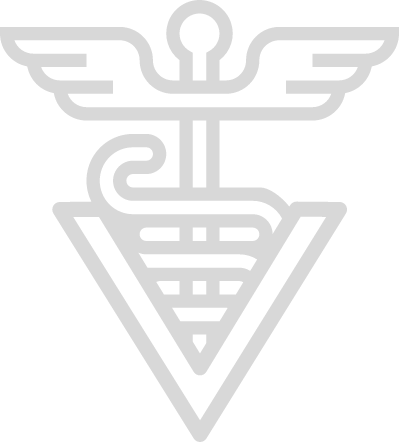What To Do
Consider the horse's fitness and ability level and your own confidence that this is not a training problem. Assess the horses general health using the Whole Horse Exam (WHE), paying particular attention to rectal temperature, heart rate, capillary refill time and respiratory rate.
Look carefully at the limbs and back for swelling and pain and assess the lower limbs for digital pulse. Look at your tack and how it fits. Discuss the problem with your vet. It may be wise to have them rule out physical factors so that you can focus more on the training aspects of the behavior.
If the horse suddenly stops and will not move forward, and you cannot contact your vet, see the Observation of that name for emergency procedures.




